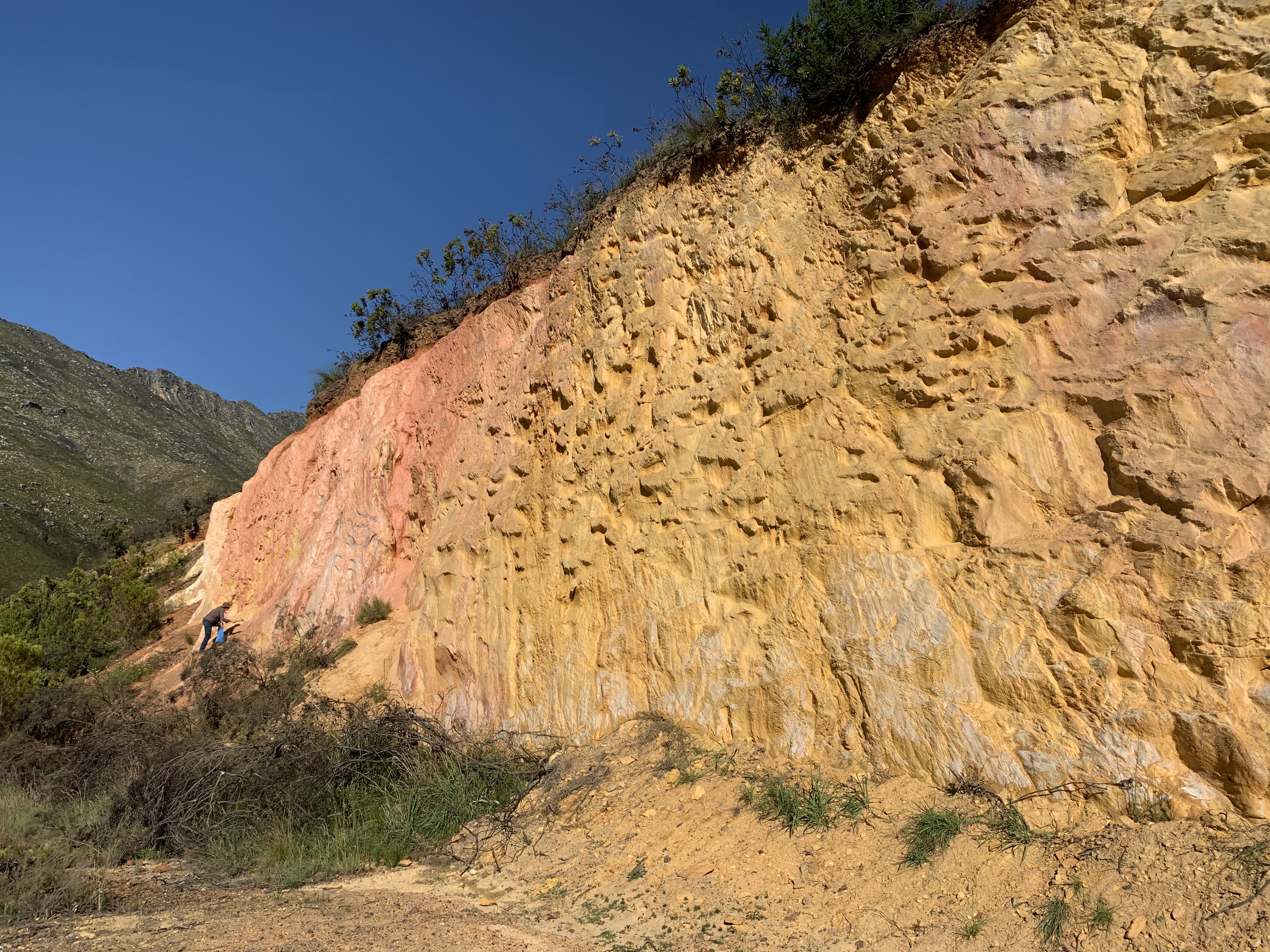by Elizabeth Velliky, University of Bergen

The earliest forms of pigments collected by hominins are a series of iron-rich earth minerals colloquially called “ochre”. Ochre is often tied to the earliest forms of human expression and symbolism, but there is little discussion on how these human and non-human relationships in the past and present have curated different forms of cultural capital. Given this disparity, how have humans monopolized ochre throughout history, and how have colonial power structures controlled the narrative of ochre use in terms of hierarchy and racist biological essentialism?
This talk will trace the temporal links of ochre and argue that the ways western research has bound ochre exclusively to cultural applications throughout (pre)history restricts the material entanglement of ochre and life forms across deep time. Through conceptualizing ‘ochre lifeworlds’ it can be demonstrated that ochre cannot be subjectively separated from its environmental, material, and temporal milieu, and argue that colonial and extractive ochre relations can be subverted through recognizing our shared earth-material heritage, and the lifeworlds that ochre can, and has, produced across time.
Elizabeth (Beth) Velliky (she/her) is a postdoctoral Fellow in archaeology at the University of Bergen, whose research focus is to combine methods and perspectives from archaeology, anthropology, geology, chemistry, contemporary art, and ethnography to explore early interactions between earth materials and ancient humans, and how these reflect our cultural evolution, expression, and symbolism. Aside from mineral pigments, she also engages in rock art, personal ornaments, raw material acquisition and transportation, and symbolic behaviors more generally, and has worked on archaeological sites in the USA, Canada, Germany, Israel, Oman, eSwatini, South Africa, and Norway.